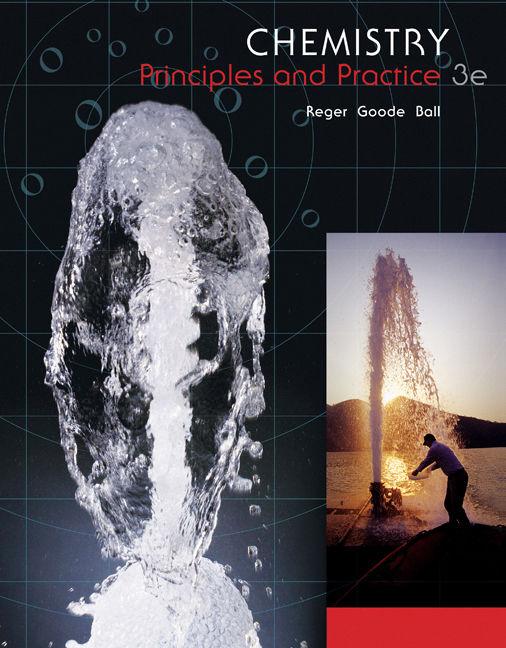The compound cubane, C 8 H 8 , has an unusual structure with each carbon atom at
Question:
The compound cubane, C8H8, has an unusual structure with each carbon atom at the corner of a cube, bonded to three other carbon atoms, and a single hydrogen atom is bonded to each carbon.
(a) Draw the Lewis structure of cubane, and indicate the hybridization of the carbon atoms.
(b) Given the hybridization you assigned to each carbon atom in part a, what C–C–C bond angles are predicted by hybridization theory? What are the observed C–C–C bond angles in cubane, given the shape of the molecule? Use the difference in these values to comment on whether the theory predicted the correct hybridization.
(c) Forcing a bond angle to a value other than its naturally occurring bond angle gives rise to bond angle strain, an increase in energy of a compound because of the unnatural angles of the bond. The bond angle strain in cubane has been measured at 695 kJ/mol, the most of any known stable compound. What is the energy increase per C–C bond in cubane?
(d) The enthalpy for the combustion of 1 mol cubane is -4833 kJ/mol. Write the balanced chemical reaction for the combustion of cubane and, using the ΔHºf of the other species, determine
ΔHºf [cubane].
(e) Using the table of bond energies from Chapter 9, calculate the enthalpy for the combustion of 1 mol cubane. How much does it differ from the value given in part d? What is the likely cause of the difference?
Step by Step Answer:

Chemistry Principles And Practice
ISBN: 9780534420123
3rd Edition
Authors: Daniel L. Reger, Scott R. Goode, David W. Ball





